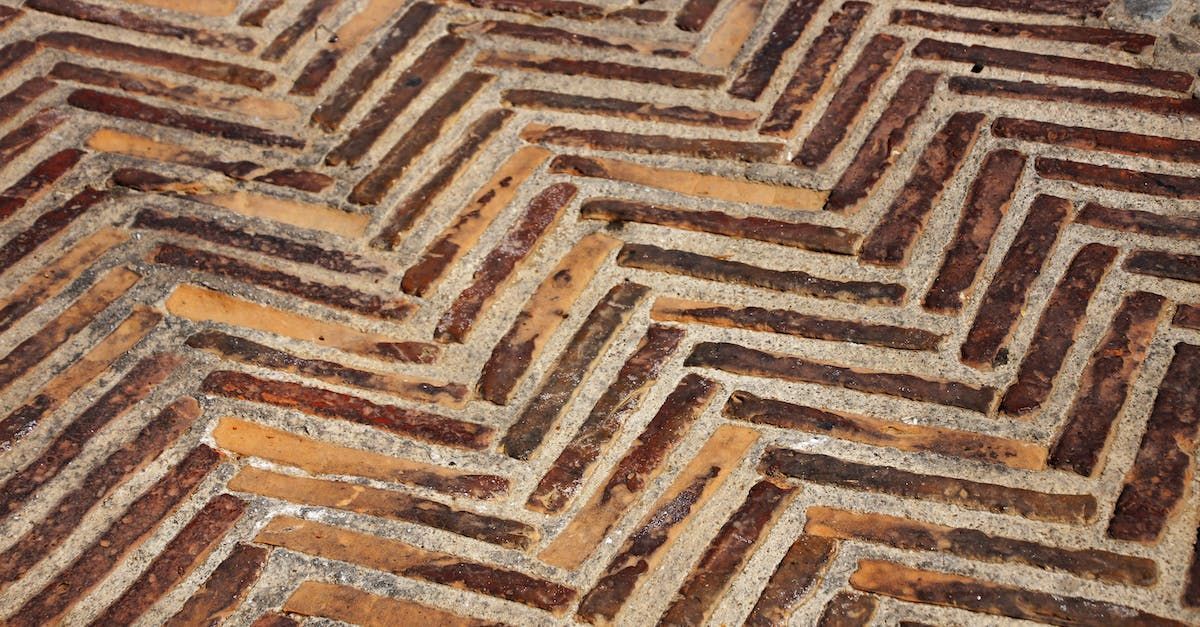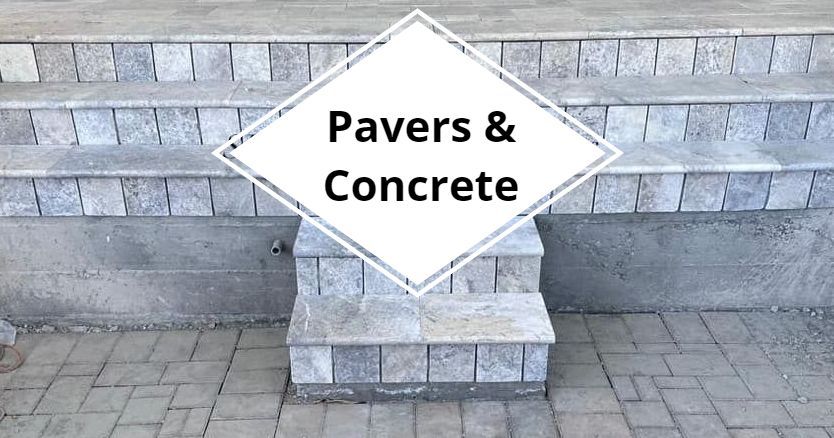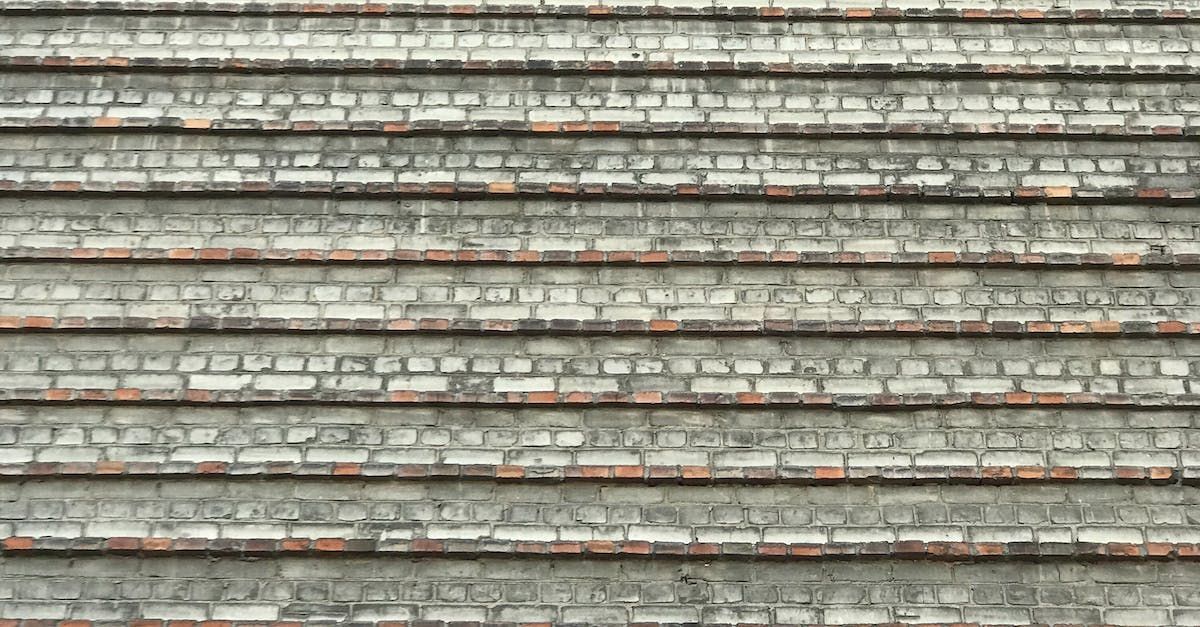

Pavers, Stones & Bricks
Concrete, natural stones, limestone and brick are typically used for areas that will receive heavy vehicles or equipment going over them, such as a driveway, but they can be used for simple walkways as well. Concrete pavers have a minor give to them, which helps to prevent the cracks seen with poured concrete. As with all pavers, these come in a very wide variety of colors, shapes and sizes.
Pavers for patio construction is a good option if you have a pool or if you live in an especially rainy area, as the surface of the pavers are slip-resistant. If both your feet and the pavers are wet, you will not slip as the surface gives enough traction to prevent this.
Rubber and plastic pavers have become more popular in areas that frequent visitors from children, due to the shock absorbance, and can be less slippery when wet. Many places also prefer them because of the recyclable content when they are made. Greencrete, which is newer, is an additional option for those wanting to use recyclables and renewables.
Flagstone and porcelain are great options for patios or pool decks, as they don't get slippery when wet. Due to the thinness of the material, it's not a great option for driveways. Marble will give you a very polished look that many businesses prefer, as well as it adding value to the business or home owner's property, but it is very slippery when wet.
The most durable pavers are concrete, bluestone (a type of sandstone), natural stones like limestone (marble is one type), cobblestone (usually made up of granite), or even gravel. The least durable ones are the thinner types, such as flagstone or porcelain. Also, the newer ones, like rubber & plastic haven't been around long enough to determine their durability yet.
The biggest differences between these three are primarily in their looks and price. While concrete is the cheapest, with stone being the more expensive.

The paver you choose will have a big impact on the design options available to you.
If you’re going for a classic look, pavers in shades of gray or beige.
For a more contemporary look, pavers in brighter colors like red or yellow.
A dramatic look by using contrasting colors, such as black and white.
If you want a rustic look, you can choose pavers made from natural stone.
A landscape paver worth the money will take drainage into effect, whether your project is a new installation or a remodel, like sloping away from the home or drainage channels. Plan for a quarter inch drop in elevation for every two feet of distance.
Pavers are pretty easy to install, although there is one important step that should not be overlooked: a weed barrier. This will minimize weeds and other unwanted vegetation from creeping up on your patio from underneath.
Before you prep an area for pavers, call your local utilities to have any plumbing, cable or electrical lines marked out. Then dig down deep below the root level of vegetation, about a good six inches.
Also a solid base is vital, as landscape pavers can become loose and uneven making an eyesore and/or potential trip hazard. Pack until there is a 3-inch thick, firm, compacted gravel base level.
Make sure to secure your pavers in place by packing the cracks between each paver with sand. Using a broom to spread the sand around over the pavers, until the sand works its way into all the cracks. Be sure to use construction/polymeric sand.

